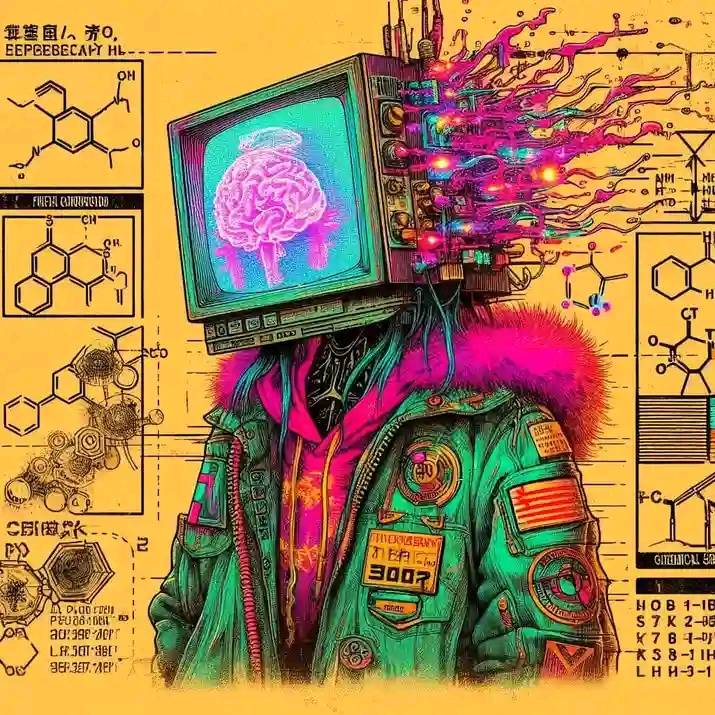### Blockchain Technologies: Shaping the Future of Digital Transactions and Beyond
Blockchain technology, initially popularized by Bitcoin, has evolved far beyond its origins as the backbone of cryptocurrencies. Today, blockchain is seen as a groundbreaking technology with vast applications across industries, promising to reshape the landscape of digital transactions, secure data management, and decentralized systems. In this article, we'll dive into the advancements in blockchain, its core principles, and its transformative potential.
---
#### Understanding Blockchain Fundamentals
At its essence, blockchain is a distributed ledger technology (DLT) that securely records transactions across a decentralized network. Each transaction is added as a “block†to a chain of previous transactions. This chain is shared across all participants in the network, ensuring transparency, security, and immutability of records. The decentralized nature of blockchain eliminates the need for intermediaries, allowing peer-to-peer transactions and reducing transaction costs.
Key principles of blockchain technology include:
1. **Decentralization**: No single entity has control over the entire network.
2. **Transparency**: All participants can view the history of transactions.
3. **Immutability**: Once added to the blockchain, a record cannot be altered or deleted.
4. **Consensus Mechanisms**: Blockchain networks rely on consensus protocols like Proof of Work (PoW) or Proof of Stake (PoS) to validate and add transactions to the ledger.
---
#### Blockchain Advancements and Emerging Technologies
As blockchain technology matures, new advancements are driving it toward broader adoption:
1. **Smart Contracts**
First introduced by Ethereum, smart contracts are self-executing contracts with terms directly written into code. They automatically execute transactions when predefined conditions are met, eliminating the need for intermediaries. From finance to real estate, smart contracts are enabling decentralized applications (dApps) to function autonomously.
2. **Interoperability Solutions**
One challenge with blockchain adoption has been the existence of siloed blockchains that cannot communicate with each other. Interoperability solutions like Polkadot and Cosmos are bridging this gap, enabling different blockchains to interact seamlessly. This fosters a more integrated ecosystem where data and value can be shared across networks.
3. **Layer 2 Scaling Solutions**
As more transactions occur on blockchain networks, scalability issues arise. Layer 2 solutions, such as the Lightning Network for Bitcoin or Optimism for Ethereum, process transactions off the main blockchain, significantly improving speed and reducing fees. These solutions are crucial for the mainstream adoption of blockchain-based applications.
4. **Zero-Knowledge Proofs (ZKPs)**
ZKPs allow users to verify information without revealing the actual data. This has major implications for privacy-focused applications, especially in industries like finance and healthcare, where sensitive data is handled. Protocols such as zk-SNARKs (Zero-Knowledge Succinct Non-Interactive Argument of Knowledge) have been instrumental in enhancing privacy in blockchain networks.
5. **Tokenization of Assets**
Blockchain allows for the tokenization of physical and digital assets, transforming them into tradable tokens on blockchain platforms. Real estate, art, and even intellectual property can be tokenized, democratizing access to investment opportunities and enabling fractional ownership.
---
#### Blockchain’s Real-World Applications
As blockchain continues to evolve, several industries are leveraging its potential in innovative ways:
1. **Finance**: The decentralized finance (DeFi) sector allows users to borrow, lend, and trade assets without traditional financial intermediaries, democratizing access to financial services.
2. **Supply Chain Management**: Blockchain provides transparent tracking of goods from production to sale, enabling better quality control, improved efficiency, and stronger counterfeiting prevention.
3. **Healthcare**: Blockchain-based health records ensure secure and private data sharing between patients and healthcare providers, enhancing accuracy and continuity of care.
4. **Voting Systems**: Blockchain's immutability and transparency make it ideal for secure, tamper-proof voting systems that can enhance trust in electoral processes.
5. **Energy Trading**: Blockchain is being used to enable peer-to-peer energy trading, allowing individuals to buy and sell excess energy (like solar power) directly, promoting renewable energy use.
---
#### Challenges to Blockchain Adoption
Despite its potential, blockchain still faces several challenges that could impact widespread adoption:
1. **Scalability**: Many blockchain networks struggle to handle high volumes of transactions, impacting speed and cost-efficiency.
2. **Energy Consumption**: Some consensus mechanisms, particularly Proof of Work, require substantial energy, raising concerns about sustainability.
3. **Regulatory Uncertainty**: Varying global regulations on cryptocurrencies and blockchain technologies introduce legal uncertainties that could deter potential adopters.
4. **Interoperability and Standardization**: The lack of standard protocols and interoperability across blockchains hinders seamless integration.
---
#### The Future of Blockchain Technology
As blockchain moves from hype to practical application, its potential impact across industries is becoming clearer. Emerging areas such as Decentralized Autonomous Organizations (DAOs), Non-Fungible Tokens (NFTs), and Web3 suggest a future where individuals have more control over their data, assets, and online presence.
Blockchain technology is paving the way for a new era of decentralized digital ecosystems, providing greater transparency, enhanced security, and a more equitable distribution of power. With ongoing advancements and increased adoption, the potential of blockchain to reshape the digital landscape appears limitless, promising a future that is both decentralized and empowering.


